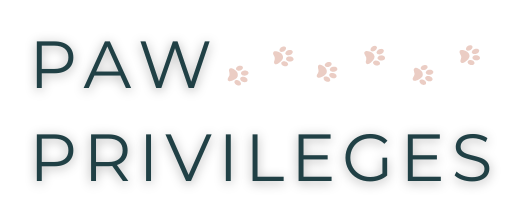The Art of Puppy Training: Building Your Best Friend’s Foundation
Your new puppy is home, and between those adorable puppy eyes and tiny paws, you might be wondering how this little bundle of energy will ever learn to become a well-behaved adult dog. Don’t worry – you’re not alone, and with the right approach, training can be one of the most rewarding experiences you’ll share with your new family member.
Understanding Your Puppy’s Mind
Think of your puppy’s brain as a brand new computer – it’s ready to be programmed, but what you input now will determine how it functions in the future. Those first few months of life, particularly the critical period between 8-16 weeks, create the foundation for your puppy’s future behavior and personality.
During this golden window, your puppy is naturally primed to learn about their world. They’re like tiny scientists, conducting experiments with everything they encounter: “What happens if I chew this?” “What if I jump on that?” “How does my human react when I do this?” Your job is to guide these experiments toward positive outcomes.
The Power of Positive Training
Gone are the days of dominant-based training and harsh corrections. Modern puppy training understands that positive reinforcement isn’t just kinder – it’s more effective. When you reward behaviors you like, you’re not just training your puppy; you’re building a relationship based on trust and understanding.
Think about it this way: if someone only told you what you were doing wrong, never acknowledging your successes, how motivated would you be to learn? Your puppy feels the same way. When training focuses on rewards and success, your puppy becomes an eager participant in the learning process.
Starting with the Basics
Before diving into fancy tricks or advanced commands, focus on these fundamental skills that form the backbone of good behavior:
Name Recognition: This is your first building block. Your puppy needs to learn that their name means “pay attention to me.” Make it fun – say their name and reward them with treats and praise when they look at you.
Coming When Called: Perhaps the most important command you’ll ever teach. Start in a quiet room, call your puppy’s name followed by “come,” and reward generously when they reach you. Gradually increase distance and distractions as they improve.
House Training: This requires patience and consistency more than anything else. Establish a routine, reward successful outdoor business generously, and remember that accidents are learning opportunities, not failures.
The Secret to Success: Consistency and Timing
Here’s what many new puppy parents don’t realize: it’s not about having the perfect training technique – it’s about being consistent with whatever technique you choose. Your puppy learns through patterns and repetition. If jumping up sometimes gets attention (even negative) and sometimes doesn’t, you’re sending mixed messages.
Timing is equally crucial. That treat or praise needs to come within seconds of the desired behavior. This is where many people struggle – they fumble for treats or wait too long to reward. Keep treats easily accessible (a treat pouch works wonders) and be ready to mark good behavior instantly.
Beyond Basic Training: Building a Well-Rounded Puppy
While sit, stay, and come are important, true puppy education goes beyond basic commands. Socialization – exposing your puppy to new experiences in a positive way – is arguably even more important than formal training.
Take your puppy on adventures, but make them positive experiences. Let them meet friendly, vaccinated dogs, experience different surfaces, hear various sounds, and meet different types of people. The key is to pair these experiences with good things – treats, praise, and play.
When Things Get Tough
Every puppy parent has moments of frustration. Maybe your puppy seems to have forgotten everything they learned yesterday, or perhaps they’ve discovered the joy of chewing furniture. Remember this: regression is normal, and consistency is key.
If you’re struggling with a particular behavior, take a step back and ask yourself:
- Am I being consistent with my responses?
- Are my expectations age-appropriate?
- Is my puppy getting enough exercise and mental stimulation?
- Am I setting them up for success?
Sometimes, the answer is simply that your puppy needs more time and practice. Other times, you might need to adjust your approach or seek professional guidance.
Looking Ahead
Training doesn’t end after puppyhood – it’s a lifelong journey. The good news? The strong foundation you build now will make future learning easier. Focus on making training a positive experience, celebrate small victories, and remember that every puppy learns at their own pace.
Most importantly, enjoy this time with your puppy. Yes, there will be challenges, but there will also be countless moments of joy, breakthrough, and connection. These early months are setting the stage for years of companionship to come.
Remember, at Paw Privileges, we’re here to support you on this journey. Whether you need advice, encouragement, or just want to share your successes, our community of puppy parents understands exactly what you’re going through.








